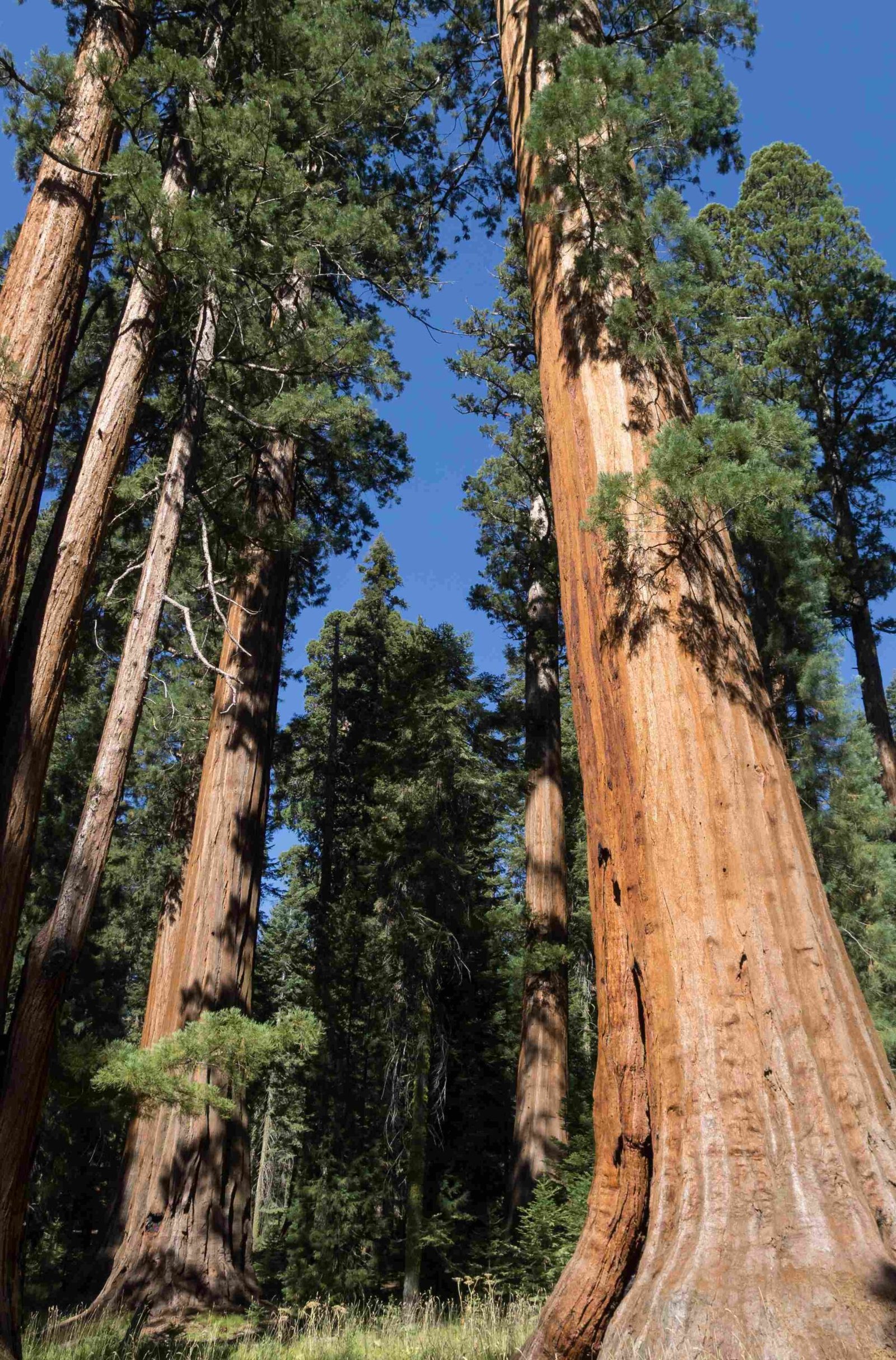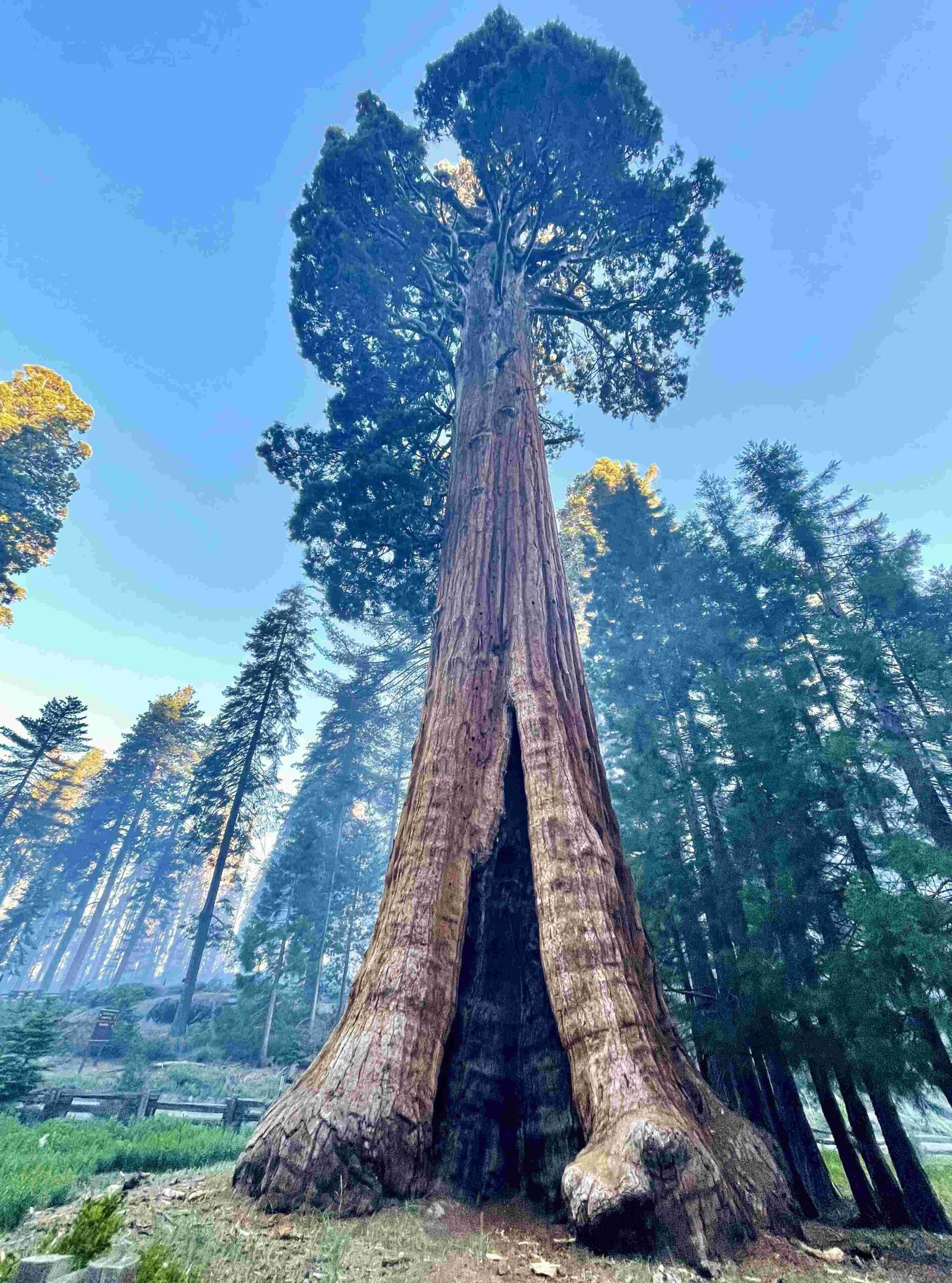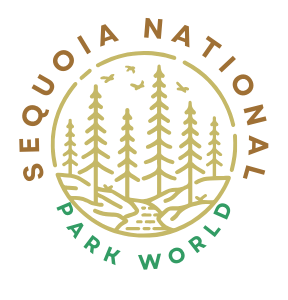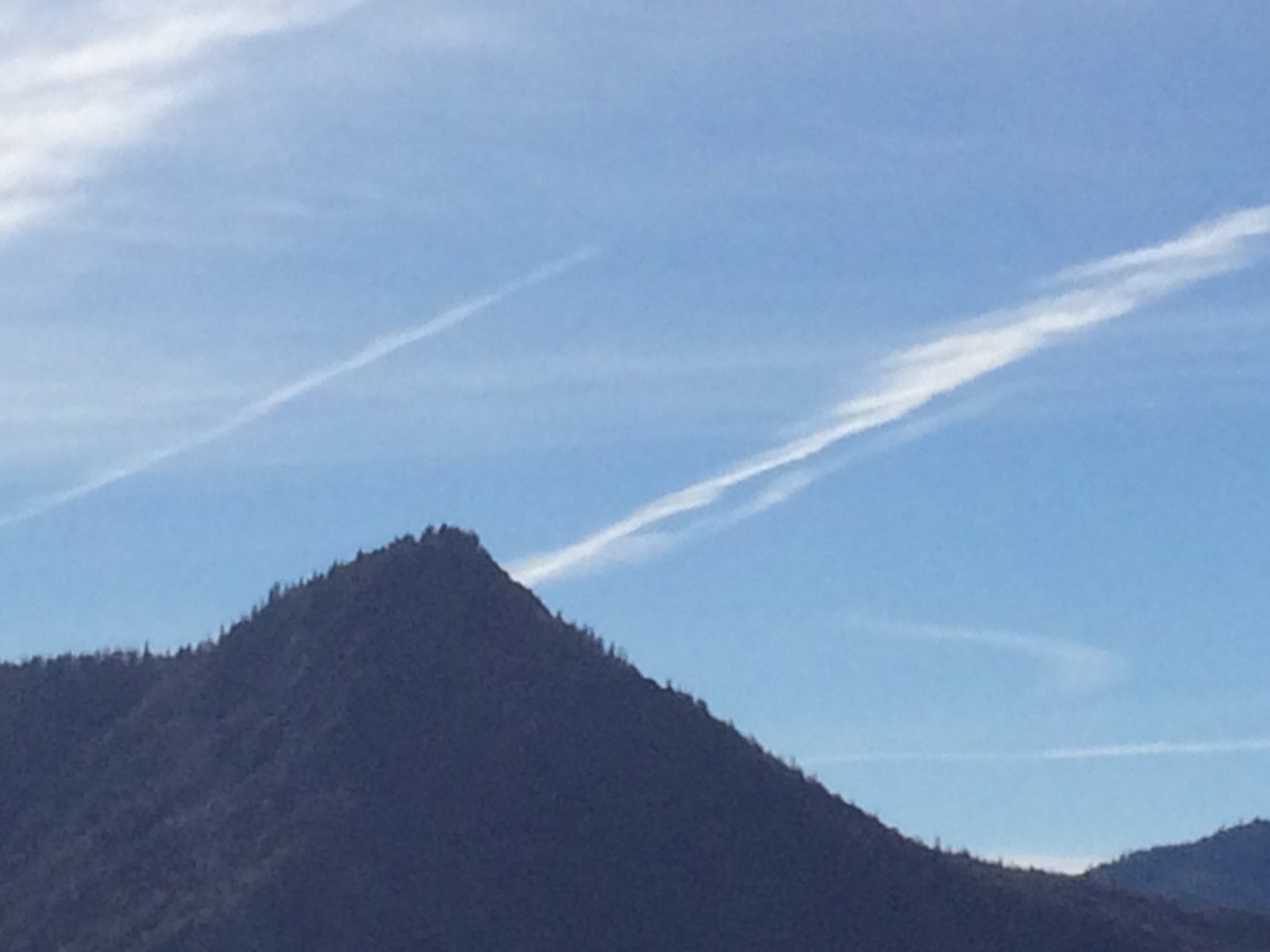Sequoia National Park, renowned for its giant sequoia trees and diverse landscapes, boasts an array of popular land formations that captivate visitors. From towering granite domes to intricate cave systems, the park’s geological wonders offer a unique glimpse into Earth’s history. This guide explores the most notable land formations, their characteristics, and the experiences they offer to park visitors.
What Are the Most Iconic Trees in Sequoia National Park?

The giant sequoias are undoubtedly the most iconic natural features of Sequoia National Park. These colossal trees dominate the landscape and create a unique ecosystem within the park.
General Sherman Tree: The Giant Among Giants
- Height: 272.4 feet (83 meters)
- Diameter: 36.5 feet (11.1 meters) at base
- Circumference: 101.5 feet (30.9 meters)
- Estimated age: 2,000 to 2,500 years
The General Sherman Tree stands as the largest known living single-stem tree on Earth by volume. Located in the Giant Forest, it’s a must-see for park visitors and a testament to the incredible size these trees can achieve.
Giant Forest: A Congregation of Giants
The Giant Forest is home to five of the ten largest trees in the world. This area spans 1,880 acres and contains over 8,000 giant sequoias.
- Average height of mature trees: 164 to 279 feet (50 to 85 meters)
- Average diameter: 20 to 30 feet (6 to 9 meters)
- Typical lifespan: 3,000 years, with some exceeding 3,200 years
What Makes Moro Rock a Popular Destination?

Moro Rock is a prominent granite dome that offers breathtaking views of the Great Western Divide and the surrounding landscape.
Moro Rock Trail: A Stairway to Panoramic Views
- Elevation: 6,725 feet (2,050 meters) above sea level
- Trail length: 1/4 mile (0.4 kilometers) round trip
- Steps: 350
- Difficulty: Moderate
The trail to Moro Rock’s summit is short but steep, rewarding hikers with panoramic vistas of the Sierra Nevada range and the San Joaquin Valley below.
Geological Significance of Moro Rock
Moro Rock is composed of granite, formed through the cooling and solidification of magma deep beneath the Earth’s surface. Over millions of years, erosion has exposed this massive pluton, creating the dome we see today.
How Was Crystal Cave Formed?
Crystal Cave is a marble karst cave system, formed through the dissolution of limestone by acidic water over millions of years.
Crystal Cave Features
- Constant temperature: 48°F (9°C) year-round
- Notable formations: Stalactites, stalagmites, flowstone, “boxwork,” and “draperies”
- Tour length: Approximately 50 minutes
- Accessibility: 0.5-mile (0.8-kilometer) walk to entrance, 200 steps into the cave
Crystal Cave Tour Information
| Tour Type | Season | Duration | Difficulty |
|---|---|---|---|
| Standard | Late May – Early November | 50 minutes | Moderate |
| Discovery | Summer only | 1.5 hours | Moderate to Strenuous |
| Adult Adventure | Summer only | 4 hours | Strenuous |
Reservations are required for all Crystal Cave tours and can be made through the Sequoia Parks Conservancy.
What Unique Landscapes Can Be Found in the Giant Forest?
The Giant Forest offers a diverse range of landscapes beyond its famous sequoias, including:
- Meadows: Lush, open areas that provide habitat for diverse flora and fauna
- Granite outcroppings: Exposed bedrock formations that punctuate the forest
- Mixed conifer forest: Areas where sequoias coexist with other tree species like fir, pine, and cedar
Notable Trails in the Giant Forest
- Congress Trail: A 2-mile loop showcasing many of the park’s largest trees
- Big Trees Trail: An easy 0.75-mile loop around a meadow with interpretive signs
- Alta Peak Trail: A challenging 13-mile round trip hike offering panoramic views
How Do Sequoia National Park’s Land Formations Contribute to Biodiversity?
The diverse land formations in Sequoia National Park create a variety of microclimates and habitats, supporting a rich array of plant and animal species.
Elevation Zones and Biodiversity
- Foothills (1,500 – 5,000 feet): Chaparral, oak woodlands, and riparian areas
- Montane Forest (5,000 – 9,000 feet): Mixed conifer forests, including giant sequoias
- Subalpine (9,000 – 11,000 feet): Sparse forests of hardy pines and firs
- Alpine (above 11,000 feet): Treeless areas with hardy, low-growing plants
Each zone supports unique ecosystems and species adapted to specific environmental conditions.
Wildlife Diversity
The park’s varied landscapes provide habitat for:
- Over 260 native vertebrate species
- More than 1,200 plant species
- Numerous invertebrate species
Notable wildlife includes black bears, mule deer, mountain lions, and a variety of bird species.
What Geological Processes Shaped Sequoia National Park’s Landscape?
Sequoia National Park’s dramatic landscape is the result of millions of years of geological processes:
- Tectonic uplift: The formation of the Sierra Nevada range
- Glaciation: Ice Age glaciers carved valleys and shaped peaks
- Erosion: Ongoing weathering by water, wind, and temperature fluctuations
- Chemical weathering: Formation of caves and other karst features
These processes continue to shape the park’s landscape, albeit on a geological timescale.
In conclusion, Sequoia National Park’s popular land formations offer visitors a unique opportunity to witness the grandeur of nature and the incredible diversity of life it supports. From the towering giant sequoias to the intricate cave systems and granite domes, each formation tells a story of Earth’s dynamic processes and the resilience of life in varied environments.

